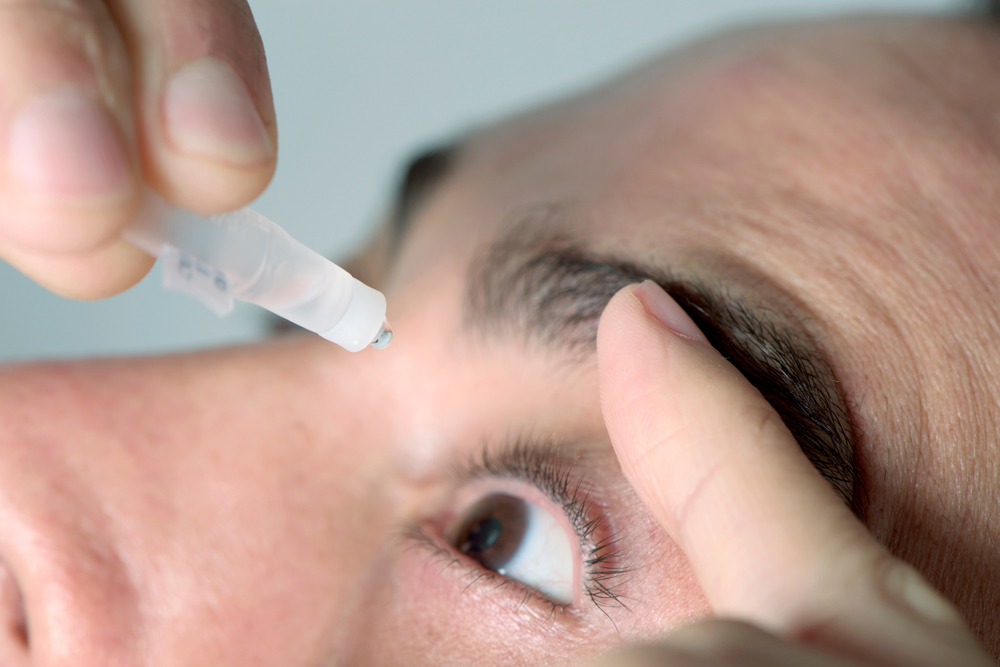Keratoconjunctivitis Sicca is a type of condition that causes the membranes on the eye area to be inflamed or become red; this is called the conjunctiva. It happened when the eye area or the cornea had been dry, or it lessens the eye to give out tears, so it is dry as the normal eyes.
Some factors cause Keratoconjunctivitis Sicca; these are
- The eyes are no longer the same as normal, or it cannot make tears that makes the area moist to stay away from dry eyes.
- The eyes can make tears, but in low quality or it cannot be able to coat the eye’s area. In this case, the evaporation happens faster because there is no enough oil component.
Risk Factors
Keratoconjunctivitis sicca is more high risk in women because it decreases the tear as you get older by age. These are also some of the factors that may increase the risk of having keratoconjunctivitis sicca. It includes the following ;
- If you have some of this chronic ailment like arthritis, lupus, or Sjogren syndrome
Some of these medications may increase your risk, such as:
- Beta-blockers
- Antihistamines
- Laser vision correction surgery
- Vitamin A deficiency can also increase your risk of having keratoconjunctivitis sicca and other eye-related illnesses.


